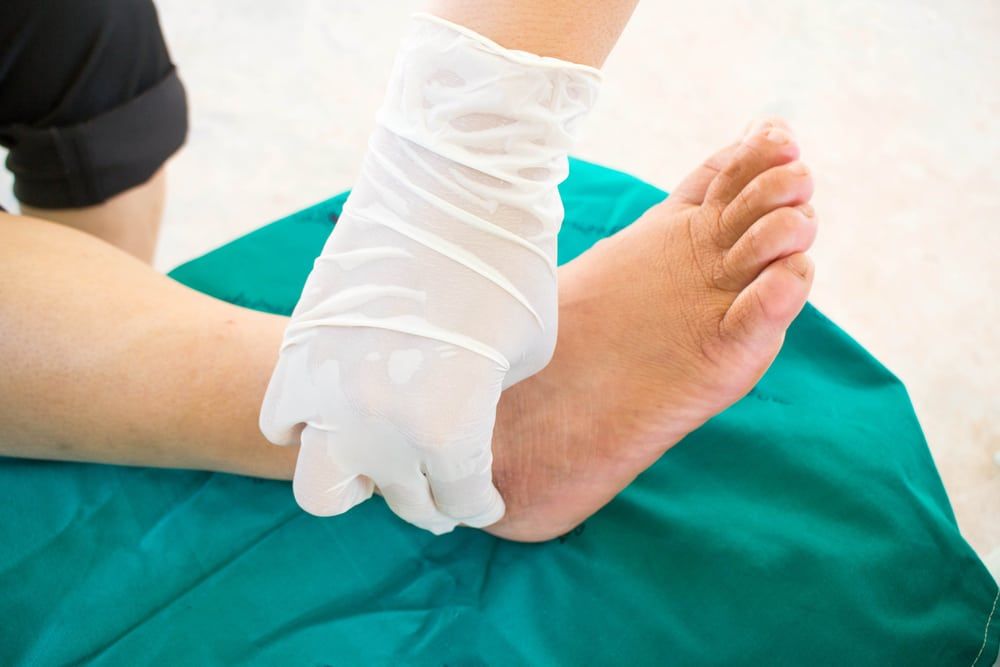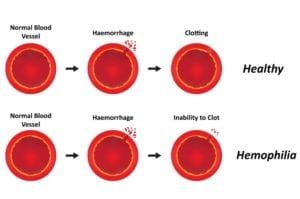Charcot foot is a condition in which the bones and joints of the foot are weakened, resulting in deformity over time. The condition is progressive and may occur more rapidly in people who are overweight or obese. As the foot becomes increasingly misshapen, a Charcot foot can lead to severe disability, and in some cases, amputation. A person with the symptoms of Charcot foot should seek medical attention as soon as possible. Early diagnosis and treatment can lead to more successful outcomes than patients with advanced deformity. For some patients, reconstruction of a Charcot foot can help strengthen the bones and prevent more extreme treatments, such as amputation.
Did you know…
that Charcot foot is often mistaken for other conditions, such as gout, rheumatoid arthritis and deep vein thrombosis? It is most often found in people who have been diagnosed with diabetic neuropathy, which causes partial or total loss of feeling in the feet. Because neuropathy prevents the sensation of pain that would normally be caused by putting pressure on a foot with weakened bone structure, a person with Charcot foot may continue walking on it, accelerating deterioration of the foot and increasing the risk of severe complications.
Frequently Asked Questions
What are the symptoms of Charcot foot?
A person with Charcot foot may have a swollen or red foot that feels warm to the touch. This is often accompanied by pain or soreness, though people with neuropathy may not experience these sensations. Charcot foot causes deformity, fallen arches and in some cases, a foot that resembles the bottom of a rocking chair. Feet may also become weakened to the point of bone fracture.
What is Charcot reconstruction?
Charcot foot reconstruction involves the use of an externally fixed framework that secures bones of the foot in place. The device remains in place for a few months while the bones heal. After that time, the vast majority of people who have had a Charcot reconstructive surgery can regain walking independence and mobility. Ultimately, a successful Charcot reconstruction can prevent amputation, improve quality of life and even extend the longevity of a patient.
What is the advantage of Charcot reconstruction using external fixation versus other methods?
External fixation is a minimally invasive surgical procedure that has a high rate of success with a measurably low risk of complication. The procedure takes less time than internal fixation methods, and it requires smaller incisions. Furthermore, a podiatrist can more easily monitor the soft tissue healing process of a foot that has undergone external fixation Charcot reconstruction.











































































































































































































































































































